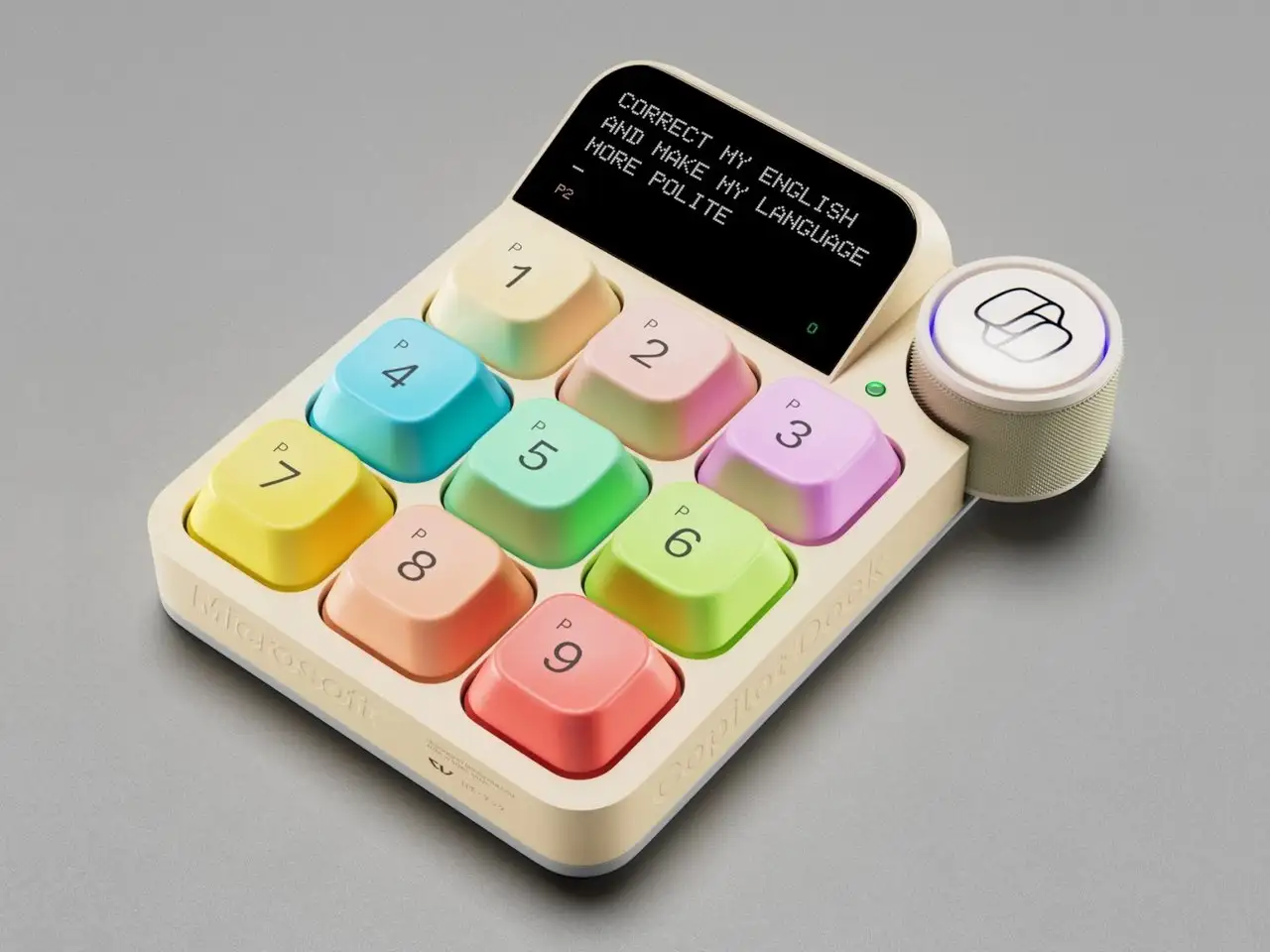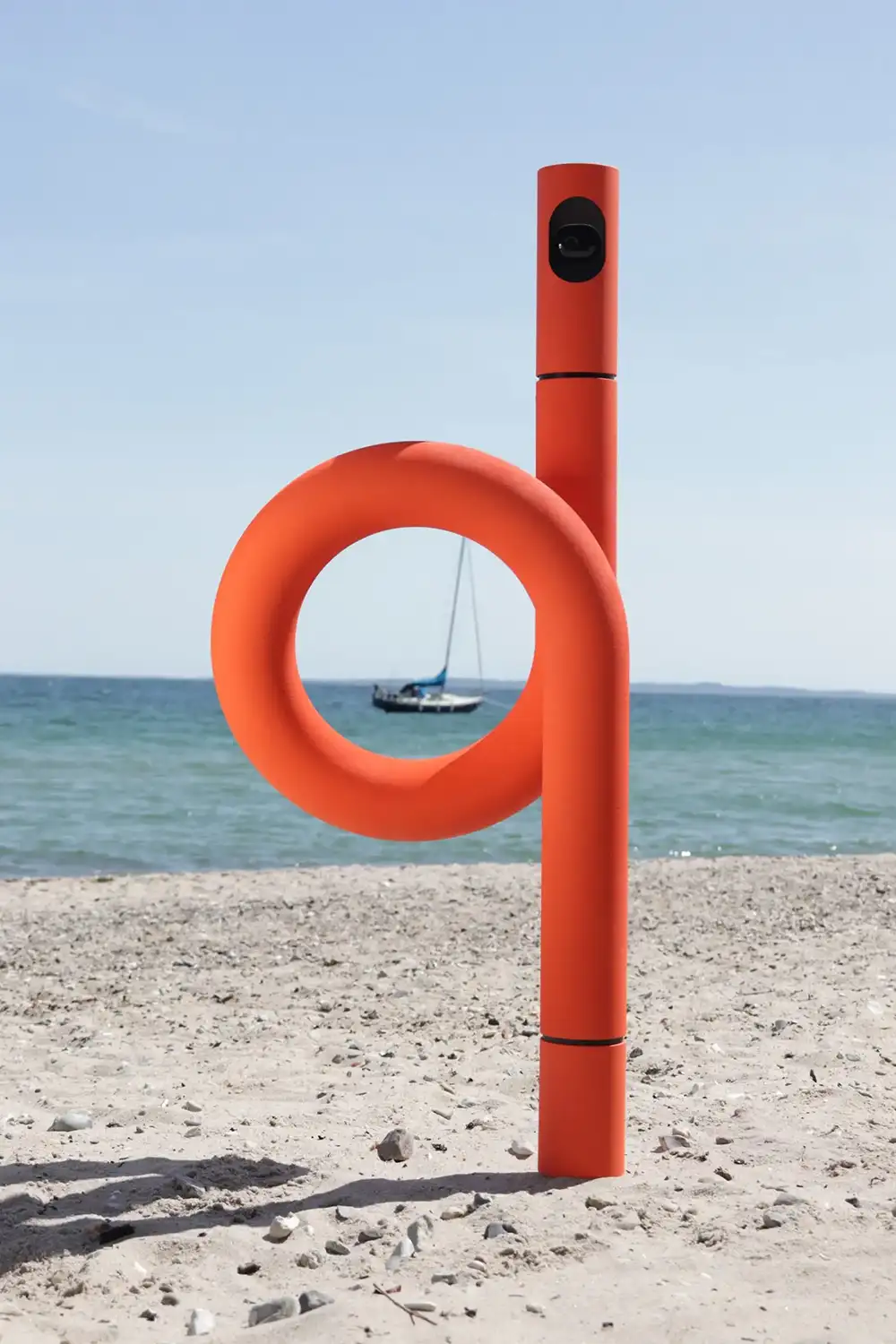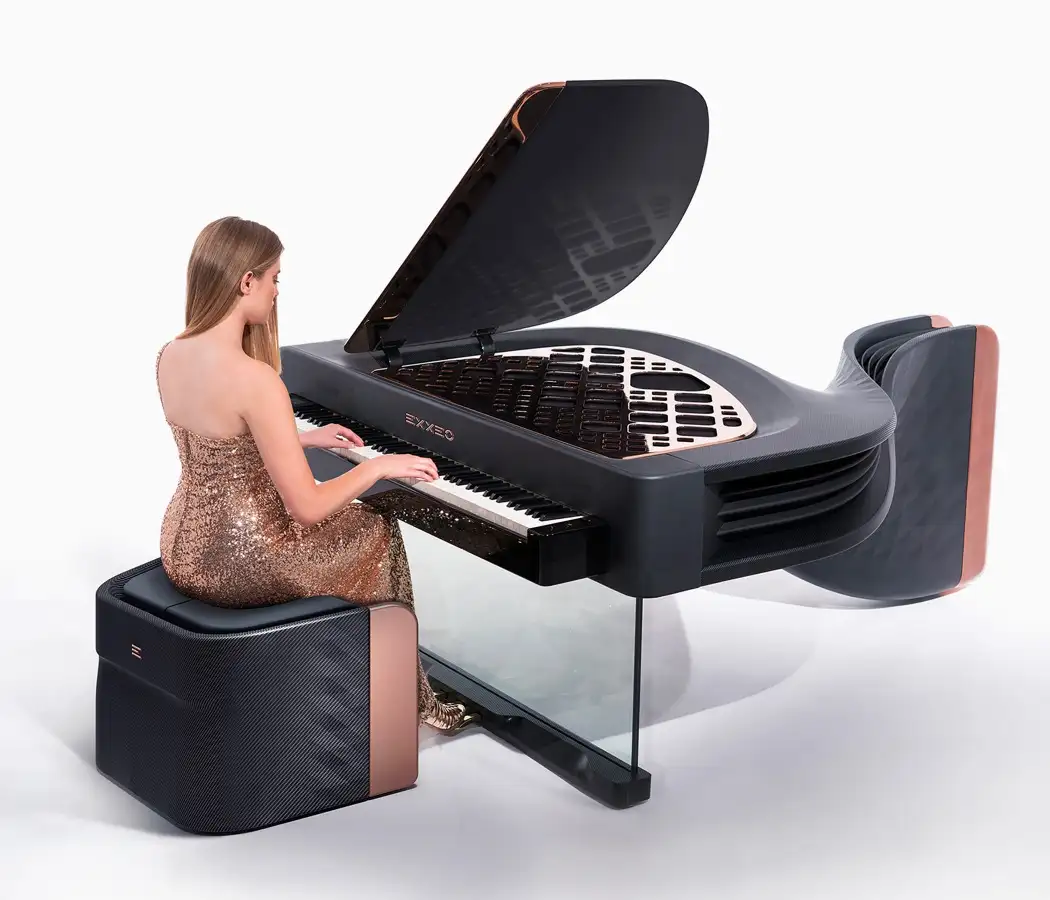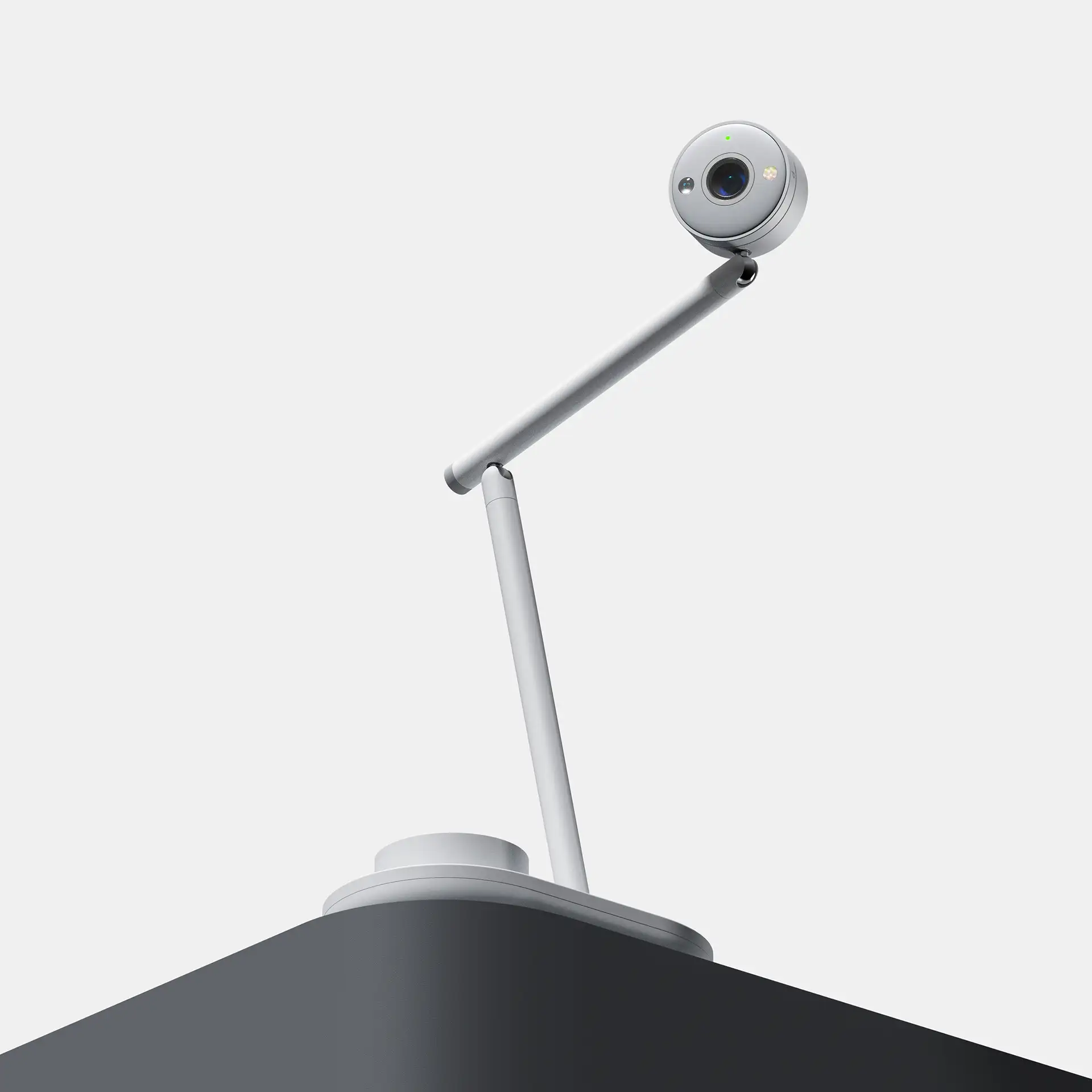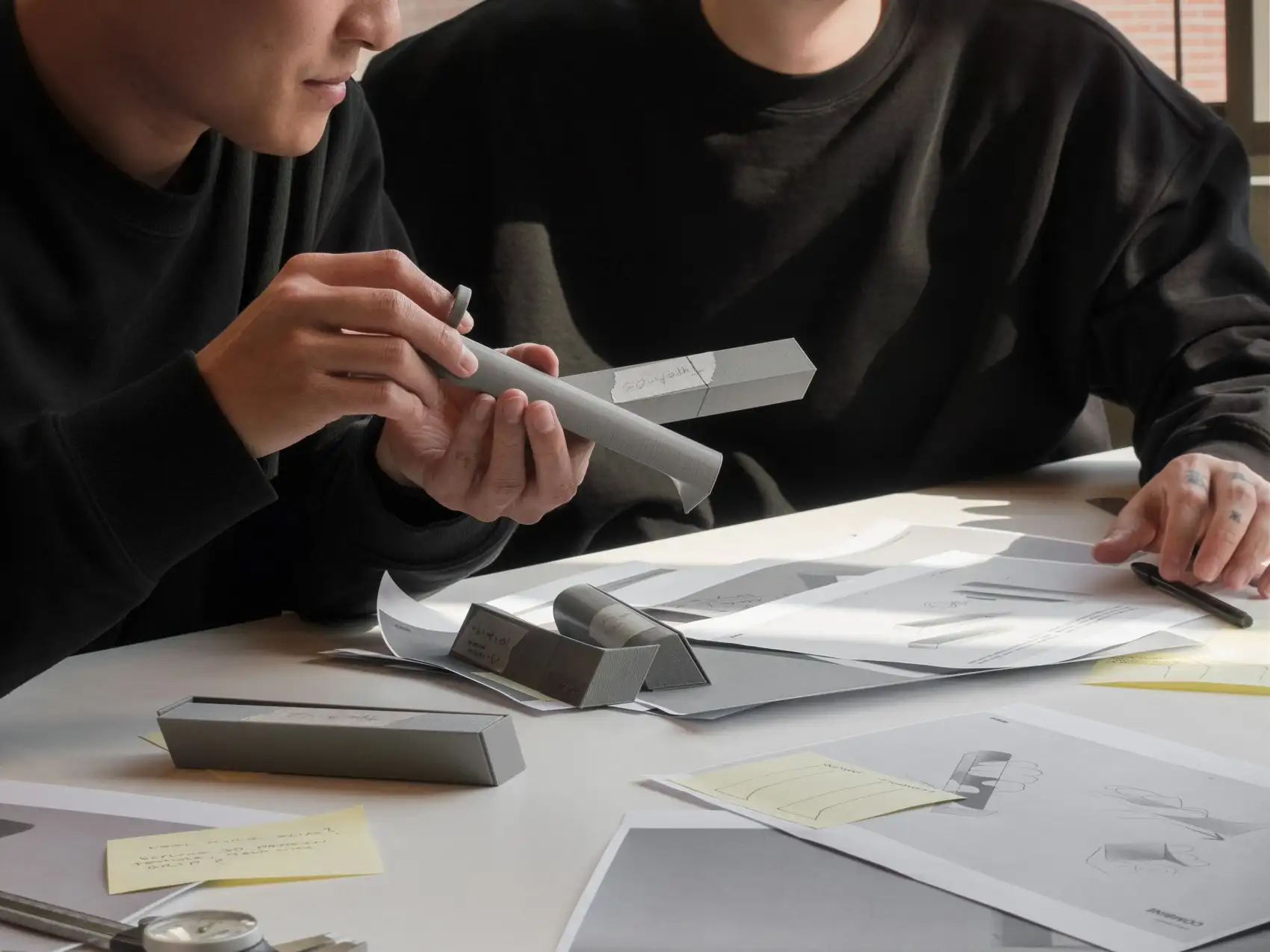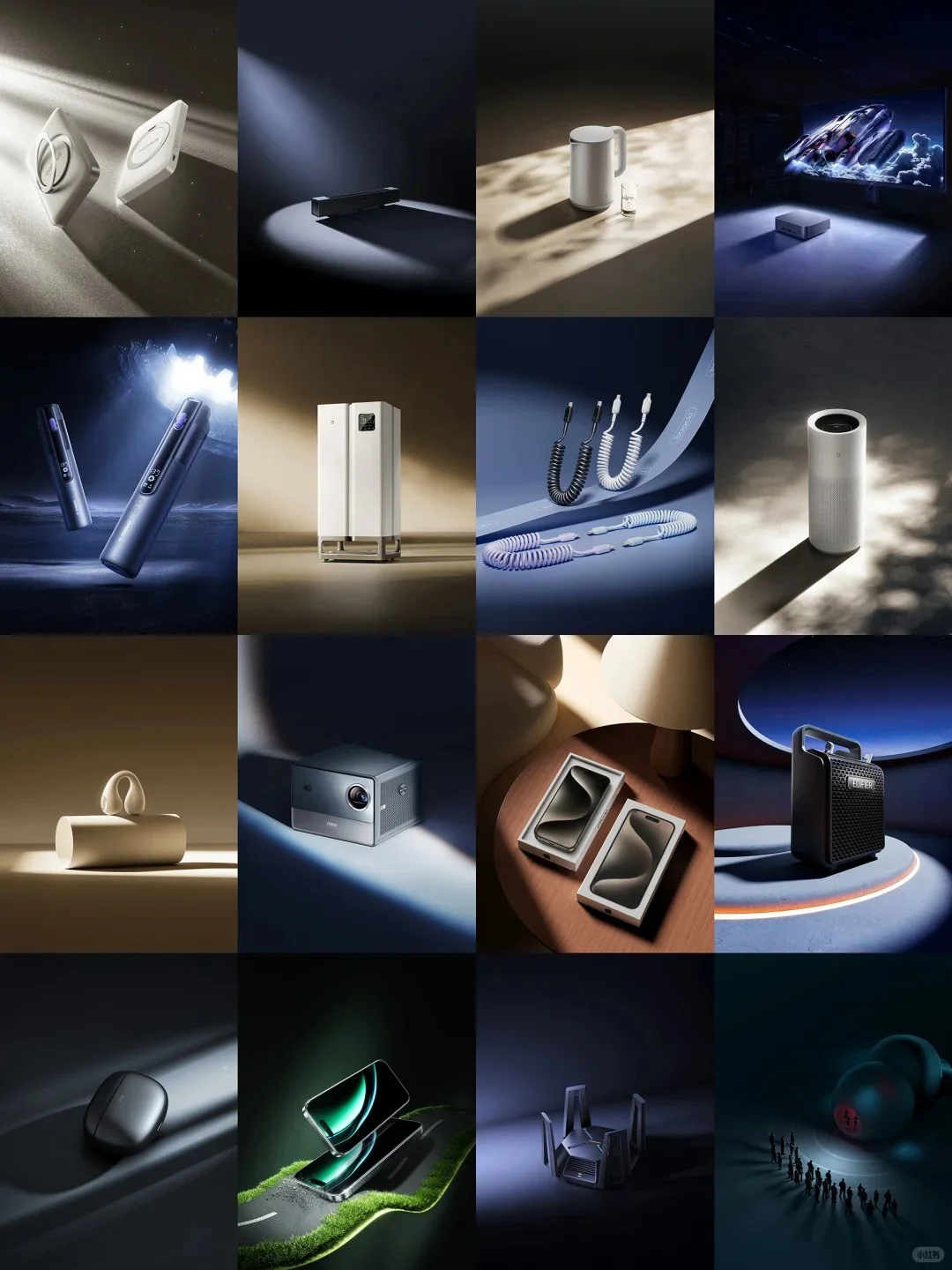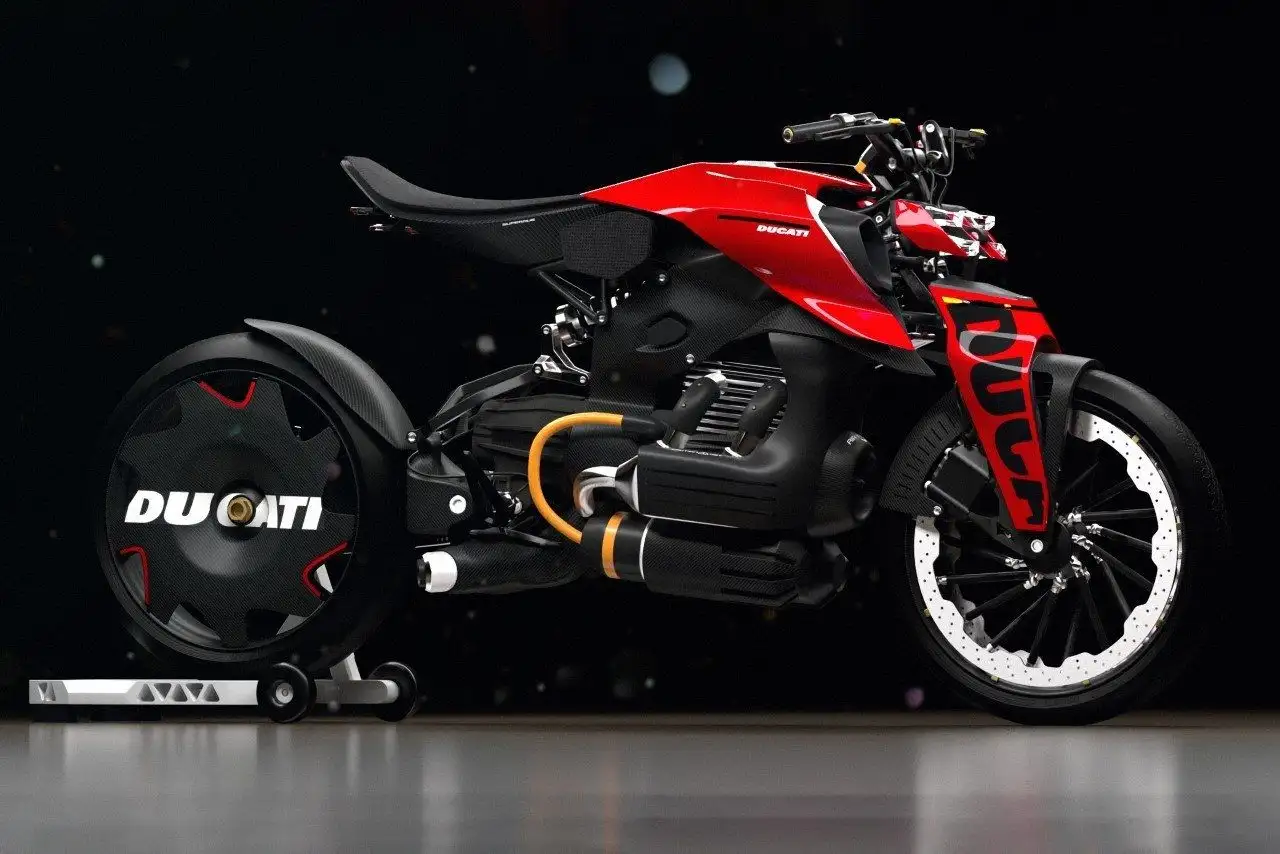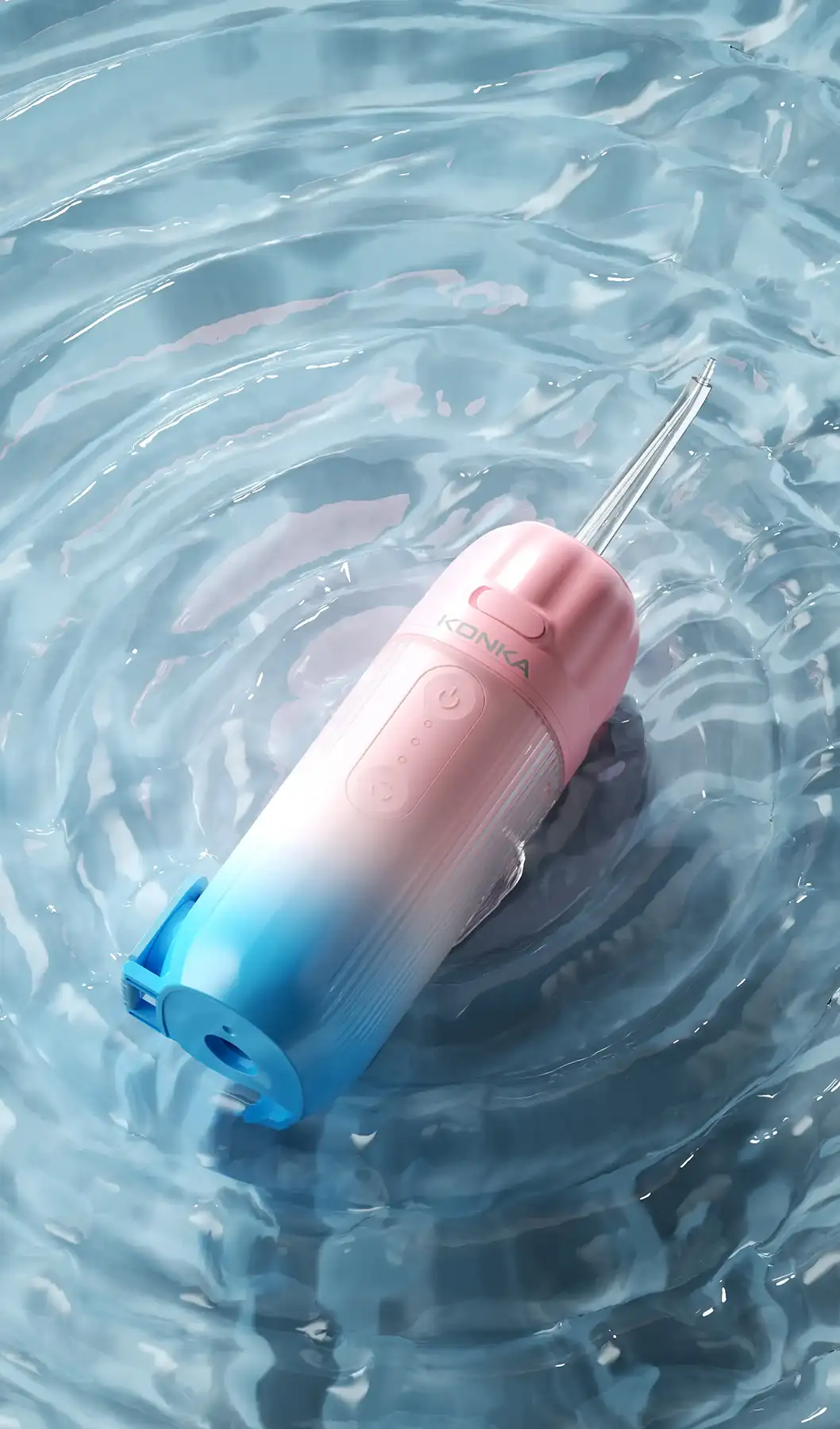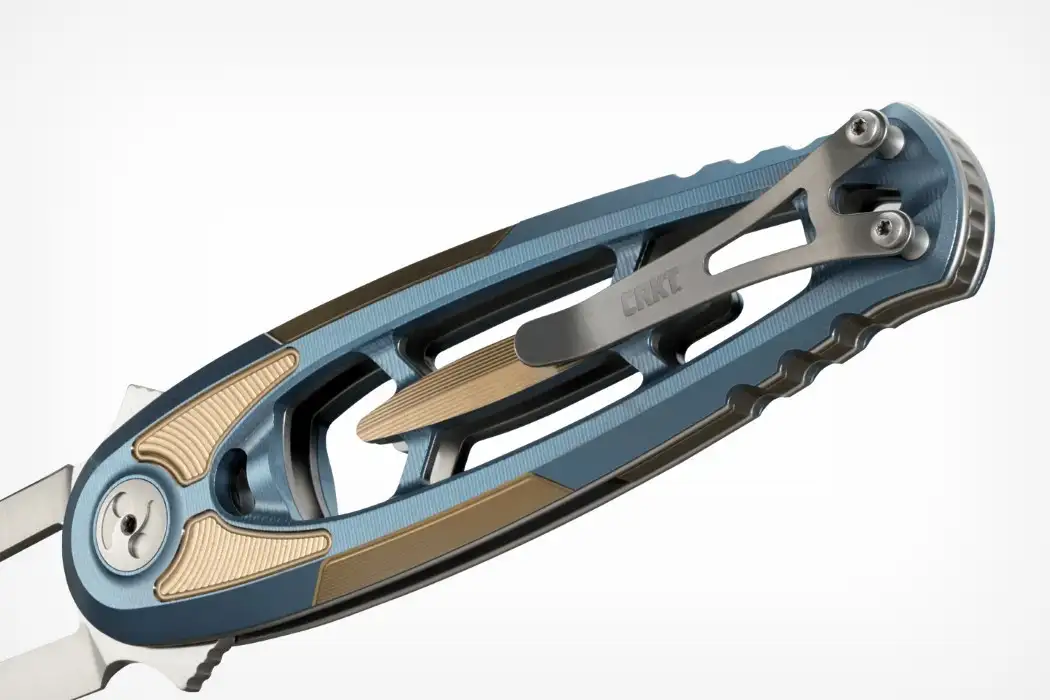NINEIDEA:在竞争激烈的商业环境中,供应链限制和成本压力常常被视为企业发展的绊脚石。然而,对于富有创新精神的企业而言,这些挑战并非不可逾越的障碍,反而可以转化为创造设计差异化的武器。通过巧妙的策略和创新思维,企业能够突破 “成本枷锁”,实现设计的独特性与竞争力。
重新审视成本与设计的关系
成本不应是设计的束缚:传统观念中,成本限制往往被认为会阻碍设计创新,迫使企业选择低成本、常规的设计方案。但实际上,成本只是一个需要平衡的因素,而非设计的决定性因素。企业应从更宏观的角度看待成本,认识到设计差异化带来的价值可能远远超过短期内成本的增加。例如,苹果公司在产品设计上不惜投入,采用高品质材料和精湛工艺,虽然制造成本较高,但独特的设计使其产品在市场上获得了高额利润和强大的品牌忠诚度。
挖掘成本背后的机会:成本限制实际上为企业提供了重新审视产品设计的契机。企业可以深入分析成本构成,找出哪些环节可以通过设计优化来降低成本,同时提升产品的独特性。比如,在电子产品制造中,昂贵的芯片散热模块成本较高,企业可以通过创新的散热结构设计,利用空气对流原理,减少对高成本散热材料的依赖,既降低成本又实现了独特的产品设计。
利用供应链限制激发设计创新
与供应链伙伴共同创新:面对供应链限制,企业不应独自应对,而是要与供应链伙伴紧密合作,共同寻找解决方案。供应商通常拥有丰富的行业经验和资源,与他们合作可以带来意想不到的设计灵感。例如,一家家具企业面临木材供应短缺和价格上涨的问题,与木材供应商合作,发现了一种新型再生木质材料。双方共同研发,将这种材料应用于家具设计中,不仅解决了成本和供应问题,还创造出具有独特纹理和质感的家具产品,形成了设计差异化。
灵活运用现有资源:供应链限制可能导致某些原材料或零部件供应不足,但这也促使企业充分挖掘现有资源的潜力。企业可以对现有的材料和工艺进行重新组合、改良,创造出新颖的设计。比如,在时尚行业,当某种流行面料供应受限,设计师可以通过对库存面料进行特殊的印染、拼接或编织处理,打造出独一无二的服装款式,满足消费者对独特设计的需求,同时避免了因寻找替代面料可能带来的成本增加。
以设计差异化提升产品价值
满足个性化需求:在消费者日益追求个性化的时代,设计差异化可以通过满足特定消费群体的个性化需求来提升产品价值。企业可以利用成本限制下的设计创新,针对不同细分市场推出具有独特设计的产品。例如,一家运动品牌针对城市骑行爱好者这一细分市场,在成本有限的情况下,通过简化一些不必要的功能,将资源集中在车架的轻量化设计和独特的外观涂装设计上,满足了骑行爱好者对轻便和个性化的需求,虽然产品成本并未大幅增加,但因其独特设计在市场上获得了较高的附加值。
创造情感共鸣:优秀的设计能够引发消费者的情感共鸣,从而提升产品的价值。企业可以在成本限制下,通过设计传达品牌故事、价值观或文化内涵,使消费者与产品建立更深层次的联系。例如,一些地方特色手工艺品企业,在面临原材料成本上涨和制作工艺复杂导致的成本压力时,并没有降低产品质量,而是更加注重在设计中融入当地的历史文化元素,通过独特的图案、造型和制作工艺,讲述家乡的故事,让消费者在购买产品时,不仅获得了实用的物品,还感受到了浓厚的文化情感,提升了产品的价值和吸引力。
建立成本效益平衡的设计流程
早期成本规划:在产品设计的初始阶段,就应将成本因素纳入考虑,制定明确的成本目标。通过与设计团队、供应链团队的紧密沟通,确保设计方案在满足差异化需求的同时,符合成本预算。例如,在汽车设计项目启动时,企业会根据市场定位和目标售价,确定各个部件的成本上限,设计团队在这个框架内进行创新设计,寻找既能实现设计差异化又不超出成本限制的解决方案。
持续优化与评估:设计过程并非一蹴而就,企业应建立持续优化的机制,对设计方案进行不断评估和调整。随着设计的推进,及时关注成本变化,当发现成本超出预期时,通过与供应链伙伴协商、调整设计细节等方式,在不影响设计差异化的前提下,降低成本。同时,在产品推向市场后,收集消费者反馈,对设计进行进一步优化,以实现成本与设计差异化的最佳平衡。
供应链限制和成本压力不应成为企业停滞不前的借口,相反,它们是激发设计创新、实现差异化竞争的宝贵机遇。通过重新审视成本与设计的关系,与供应链伙伴共同创新,满足个性化需求以及建立科学的设计流程,企业能够将 “成本枷锁” 转化为设计差异化的有力武器,在市场竞争中脱颖而出,实现可持续发展。
@NINEIDEA九号创新 www.nineidea.com
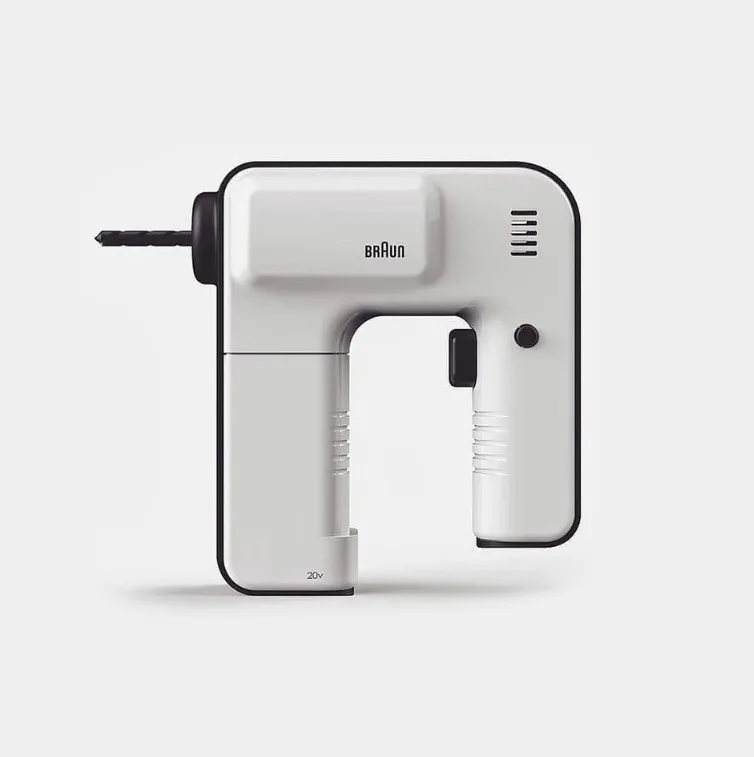

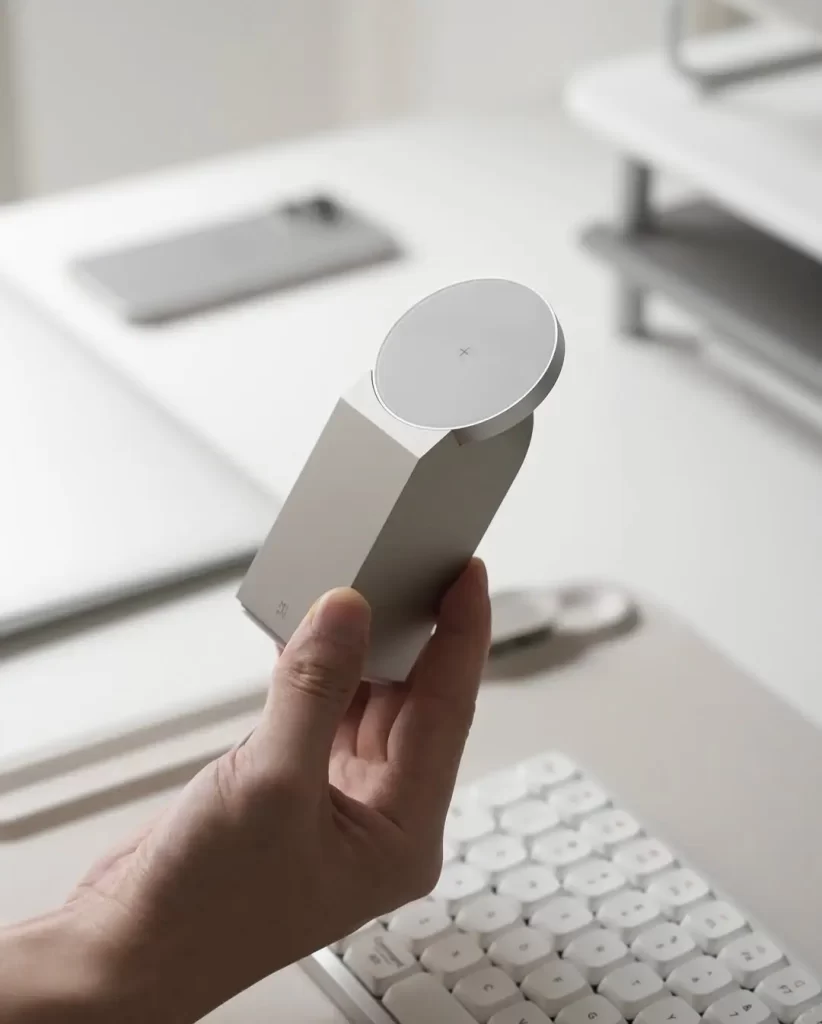
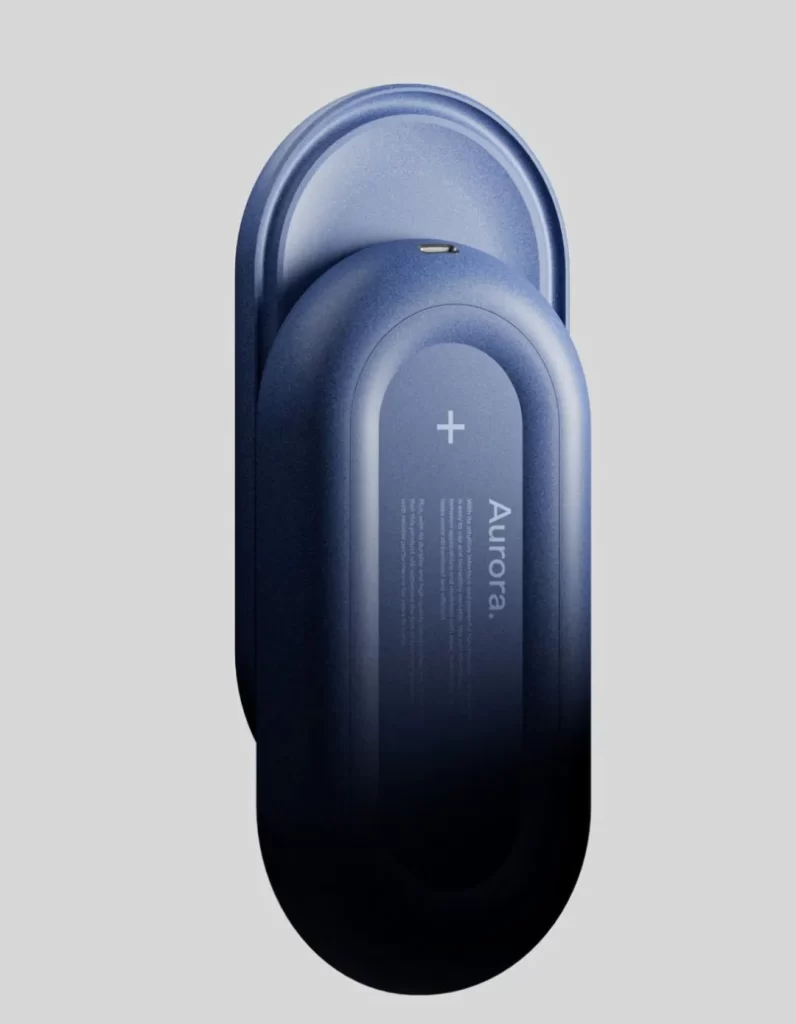
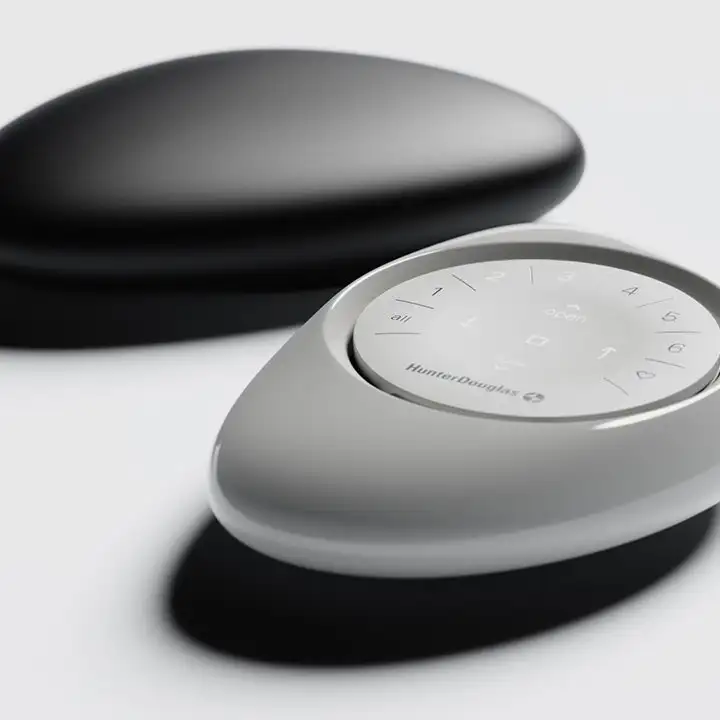
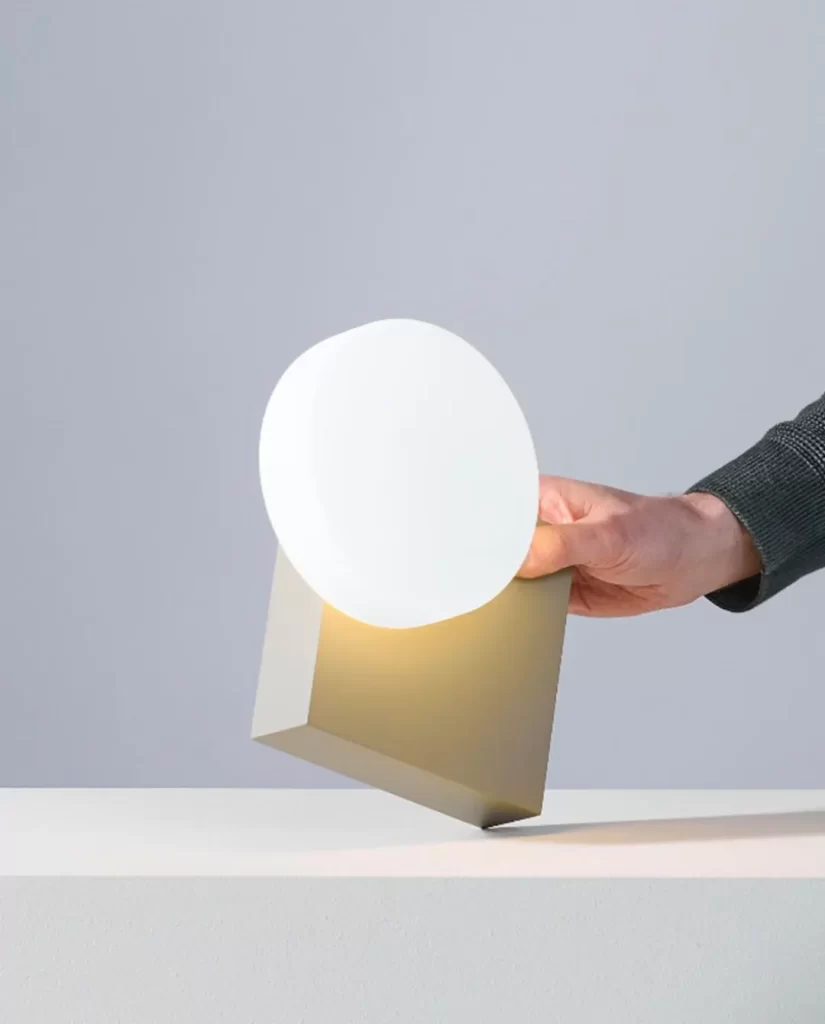
How to create design differentiation and break through the “cost shackles” of the supply chain
Obstacles can actually be transformed into creating weapons with differentiated designs. Through clever strategies and innovative thinking, enterprises can break through the “cost chain” and achieve uniqueness and competitiveness in design.
Re examine the relationship between cost and design
Cost should not be a constraint on design: In traditional concepts, cost constraints are often seen as hindering design innovation and forcing companies to choose low-cost, conventional design solutions. But in reality, cost is only a factor that needs to be balanced, not a decisive factor in design. Enterprises should view costs from a more macro perspective and recognize that the value brought by design differentiation may far exceed the short-term cost increase. For example, Apple spares no effort in product design, using high-quality materials and exquisite craftsmanship. Although the manufacturing cost is high, the unique design has enabled its products to gain high profits and strong brand loyalty in the market.
Exploring the opportunities behind costs: Cost constraints actually provide companies with an opportunity to re-examine product design. Enterprises can conduct in-depth analysis of cost composition, identify which aspects can be optimized through design to reduce costs and enhance product uniqueness. For example, in the manufacturing of electronic products, expensive chip heat dissipation modules have high costs. Enterprises can reduce their dependence on high cost heat dissipation materials through innovative heat dissipation structure design and the use of air convection principles, which not only reduces costs but also achieves unique product design.
Utilizing supply chain constraints to stimulate design innovation
Innovate together with supply chain partners: Faced with supply chain constraints, companies should not deal with them alone, but work closely with supply chain partners to find solutions together. Suppliers usually have rich industry experience and resources, and working with them can bring unexpected design inspiration. For example, a furniture company facing a shortage of wood supply and rising prices collaborated with wood suppliers to discover a new type of recycled wood material. Both parties jointly developed and applied this material to furniture design, not only solving cost and supply issues, but also creating furniture products with unique textures and textures, forming design differentiation.
Flexible use of existing resources: Supply chain constraints may lead to insufficient supply of certain raw materials or components, but this also encourages companies to fully tap into the potential of existing resources. Enterprises can recombine and improve existing materials and processes to create novel designs. For example, in the fashion industry, when the supply of a certain popular fabric is limited, designers can create unique clothing styles by special printing, splicing, or weaving treatments on inventory fabrics, meeting consumers’ demand for unique designs while avoiding the cost increase that may arise from searching for alternative fabrics.
Enhance product value through design differentiation
Meeting personalized needs: In an era where consumers are increasingly pursuing personalization, design differentiation can enhance product value by meeting the personalized needs of specific consumer groups. Enterprises can utilize design innovation under cost constraints to launch products with unique designs for different segmented markets. For example, a sports brand targeting the niche market of urban cycling enthusiasts, with limited costs, simplifies some unnecessary functions and focuses resources on lightweight design of the frame and unique exterior coating design, meeting the needs of cycling enthusiasts for lightness and personalization. Although the product cost has not increased significantly, it has gained high added value in the market due to its unique design.
Creating emotional resonance: Excellent design can trigger emotional resonance among consumers, thereby enhancing the value of the product. Enterprises can establish a deeper connection between consumers and products by designing to convey brand stories, values, or cultural connotations within cost constraints. For example, some local handicraft enterprises, faced with cost pressures caused by rising raw material costs and complex production processes, do not lower product quality. Instead, they pay more attention to integrating local historical and cultural elements into their designs.
Through unique patterns, shapes, and production processes, they tell the story of their hometown, allowing consumers to not only obtain practical items but also feel a strong cultural emotion when purchasing products, enhancing the value and attractiveness of the products.
Establish a design process that balances cost-effectiveness
Early cost planning: In the initial stage of product design, cost factors should be taken into consideration and clear cost goals should be established. By closely communicating with the design team and supply chain team, ensure that the design proposal meets differentiated needs while also adhering to the cost budget. For example, when a car design project is launched, the enterprise will determine the cost ceiling of each component based on market positioning and target selling price. The design team will innovate within this framework and seek solutions that can achieve design differentiation without exceeding cost limits.
Continuous optimization and evaluation: The design process is not achieved overnight, and enterprises should establish a mechanism for continuous optimization to continuously evaluate and adjust design solutions. As the design progresses, pay attention to cost changes in a timely manner. When costs exceed expectations, negotiate with supply chain partners and adjust design details to reduce costs without affecting design differentiation. At the same time, after the product is launched to the market, collect consumer feedback and further optimize the design to achieve the best balance between cost and design differentiation.
Supply chain constraints and cost pressures should not be an excuse for companies to stagnate. On the contrary, they are valuable opportunities to stimulate design innovation and achieve differentiated competition. By re examining the relationship between cost and design, innovating together with supply chain partners, meeting personalized needs, and establishing a scientific design process, enterprises can transform the “cost shackle” into a powerful weapon for design differentiation, stand out in market competition, and achieve sustainable development.
@NINEIDEA九号创新 www.nineidea.com










